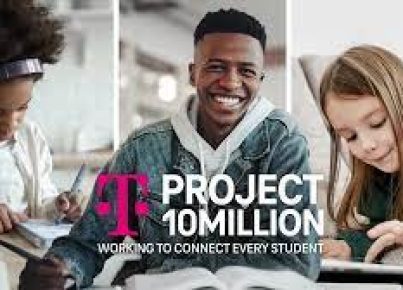Introduction:
The COVID-19 pandemic has highlighted numerous societal inequalities, with access to internet services and remote learning being one of the most apparent. As schools transitioned to online education in response to the pandemic, millions of students without reliable internet access were left at a disadvantage. This article discusses how remote learning solutions can help bridge the digital divide and provide equal internet accessibility for all children during these unprecedented times.
The Importance of Internet Access for Remote Learning:
Internet access plays a crucial role in today’s education system, providing students with the necessary tools and resources for learning. As the pandemic forced schools worldwide to adopt remote teaching models, the importance of internet access has become even more evident. Students lacking a stable internet connection struggle to participate in online classes, submit assignments, and collaborate with classmates. This places them at a significant disadvantage compared to their peers with better connectivity.
Remote Learning Solutions for Internet Accessibility:
1. Community Wi-Fi programs: By implementing community Wi-Fi programs, local governments can provide free or low-cost internet access to areas with limited or no connectivity. These initiatives involve collaborating with Internet Service Providers (ISPs) to ensure adequate coverage, often using public facilities like libraries, community centers, and schools as Wi-Fi hotspots.
2. Mobile hotspots: School districts can distribute mobile hotspots to students who lack reliable home internet connections. These portable devices connect multiple mobile devices to the internet via cellular networks, allowing students to attend virtual classes and complete assignments online.
3. Subsidized internet plans: Various ISPs offer discounted rates on their broadband services to low-income families, making high-speed internet more accessible and affordable for disadvantaged students.
4. Partnerships with tech companies: Non-profit organizations and school districts can collaborate with technology companies who have a vested interest in promoting equal education opportunities. These partnerships typically result in product donations like laptops or tablets pre-installed with added cellular data plan for student’s use.
5. Remote learning centers: Establishing dedicated remote learning centers in underprivileged areas can offer students without adequate home connectivity a safe space to study. These centers can provide internet access, necessary equipment, and tutors to support students’ educational needs.
Conclusion:
Ensuring universal internet access for children during the COVID-19 pandemic is not only essential but possible with remote learning solutions. By implementing community Wi-Fi programs, providing mobile hotspots, subsidizing internet plans, partnering with tech companies, and setting up remote learning centers, we can ensure equal education opportunities for all students. As a society, it is crucial that we take action now to bridge the digital divide and secure a brighter future for all children.





